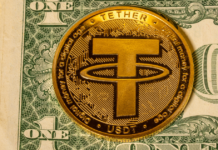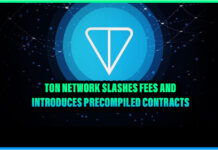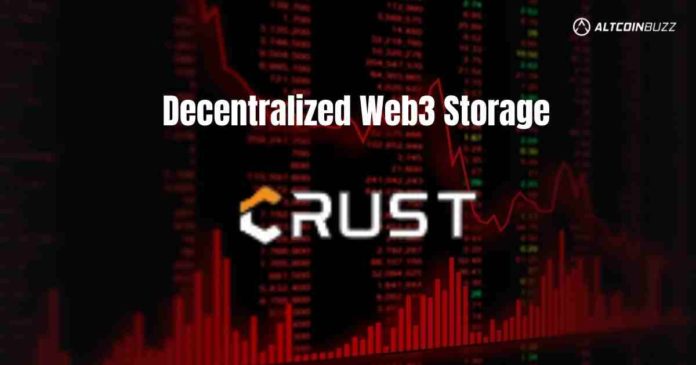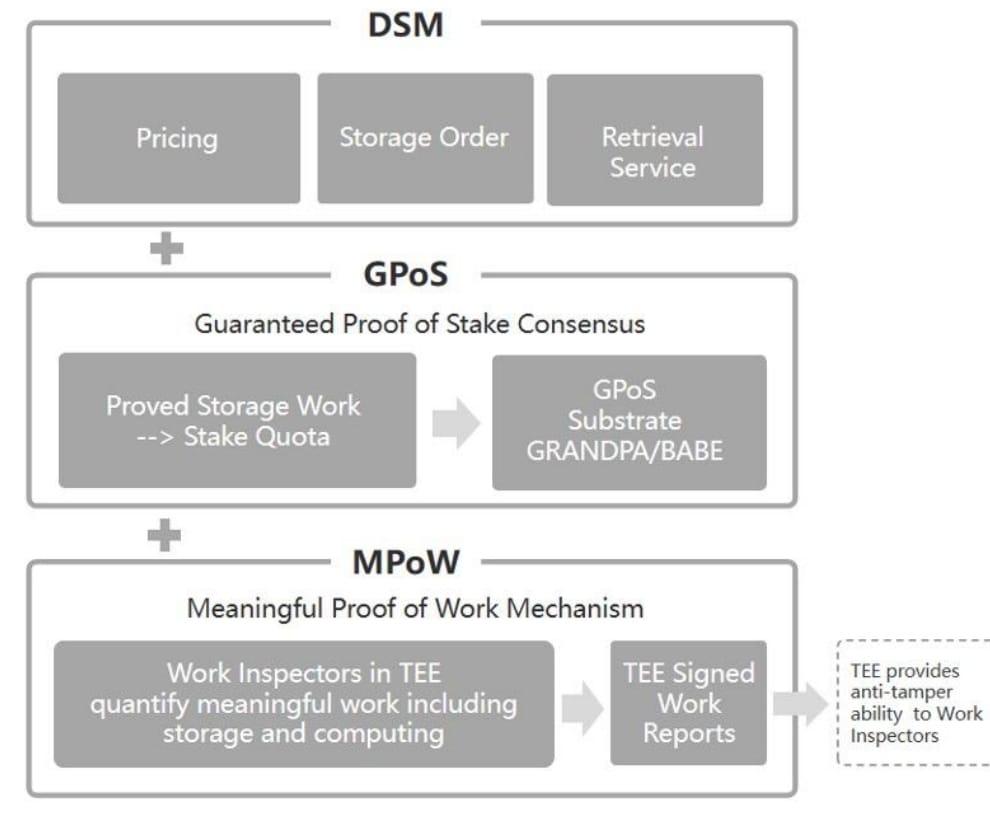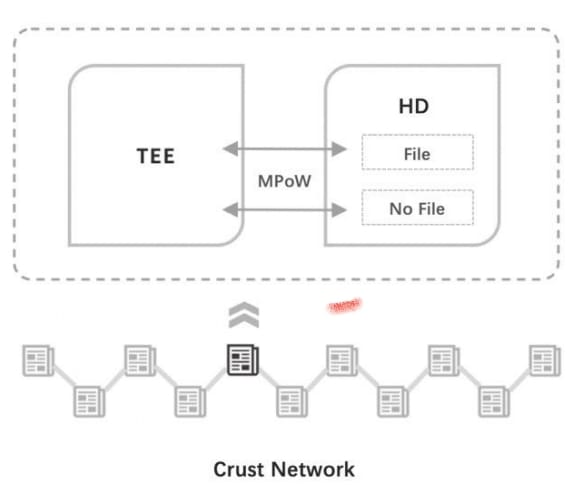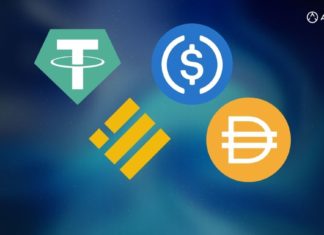Storage decentralization, value decentralization, and computing decentralization are the three core elements of the decentralized technology (Blockchain) ecosystem.
Interestingly, Blockchain technology is known for providing top-notch and working solutions for the trustless (Value decentralization). The technology has, however, not been as successful with storage and computing decentralization. Most storage and computing activities currently still take place on centralized cloud computing platforms. With this in mind, Crust Network is set to change the narrative. The platform focuses on building a decentralized web3 storage for the metaverse. Crust Network also makes use of a web3-style architecture to create its storage solution packages.
This article is a general overview of the Crust Network, its top features, and the importance of a Web 3 decentralized storage to the entire blockchain and crypto space.
Storage is the infrastructure of Web2, and decentralized storage is the infrastructure of #Web3 💫
Learn about this research from @FundamentalLabs: https://t.co/e5F6wCCItt https://t.co/lKQQOI666k
— Crust Network (@CrustNetwork) June 21, 2022
What is Crust Network?
Crust Network is a unique blockchain technology application that provides decentralized storage and computing. The network is also based on a fair and open mechanism, providing top-notch security and low-energy consumption. Crust is also built on the Meaningful Proof of Work (MPoW) and Guaranteed Proof of Stake (GPoS) consensus mechanism. The Network also facilitates data processing and storage in a secure and cost-efficient way.
Crust TEE (Trusted Execution Environment ) MPoW mechanism is known for five (5) main core specifications namely;
- Endorsement key
- Secure input and output
- Memory curtaining
- Sealed storage, and
- Lastly, Remote attestation
The MPoW Mechanism is also primarily in charge of node workload calculation and environment verification. It also ensures transparency, fairness, and efficiency on Crust Network.
Crust Network Architecture
Ap previously stated, Crust is an open network that allows free entry and exit of nodes. The network is also a peer-to-peer (P2P) horizontally expandable network. Crust network cannot function without the activities of nodes. Simply put, the entire network relies on meaningful work carried out by nodes.
Nodes on Crust will need to provide top-notch computing resources to take care of real-life storage and computing issues. Nodes will provide support for the TEE. It will also ensure top-notch storage space are available as well as operating software and programs that are compatible with Crust’s MPoW framework.
Crust Network Nodes basically have two functions namely;
- Blockchain Consensus, and
- Meaningful work.
This means that the network by design offers both data storage and block verification services. The network is also compatible with storage protocols like IPFS. It also works well with DAT, a P2P network, and DHT technology. Crust Network architecture, simply put, is made up of MPoW, GPoS, and a distributed cloud storage layer.
CRU Tokenomics
CRU is the native token of Crust Network. The token helps power the entire Crust ecosystem and has several functions. Some of these functions include;
- Helps in maintaining Crust’s GPoS consensus staking
- Serves as a commission or incentive for providing services
- Assists in selecting nodes
- It also functions as a transaction fee payment means for services on Crust.
- It is also a governance token and performs on-chain governance and proposal activities
- It is an acceptable tender to buy resources and services.
CRU Price Outlook
At the time of writing, CRU was trading at $0.915939 with a market cap of $3,290,916 and a 24-hour trading volume of $403,489. The token price is also up by 5.2% in the last 24 hours.
⬆️For more cryptocurrency news, check out the Altcoin Buzz YouTube channel.
⬆️Find the most undervalued gems, up-to-date research, and NFT buys with Altcoin Buzz Access. Join us for $99 per month now.




